For Part 6 in our series of dialogues with women jazz writers we turn to a bit different perspective – from a woman photographer who has long documented jazz events among her other photographic pursuits. Throughout this piece are examples of the rich artistry of ENID FARBER, including a couple of wonderful Ray Charles images, Fela Kuti, Latin legends, politicians, rallies, media legends, man/woman/child on the streets, plus two NEA Jazz Masters at the end. And please keep Enid close in sending out positive karmic vibrations as she has been experiencing some health challenges lately.
JAZZ PHOTOGRAPHY: A Woman’s Perspective: Enid Farber
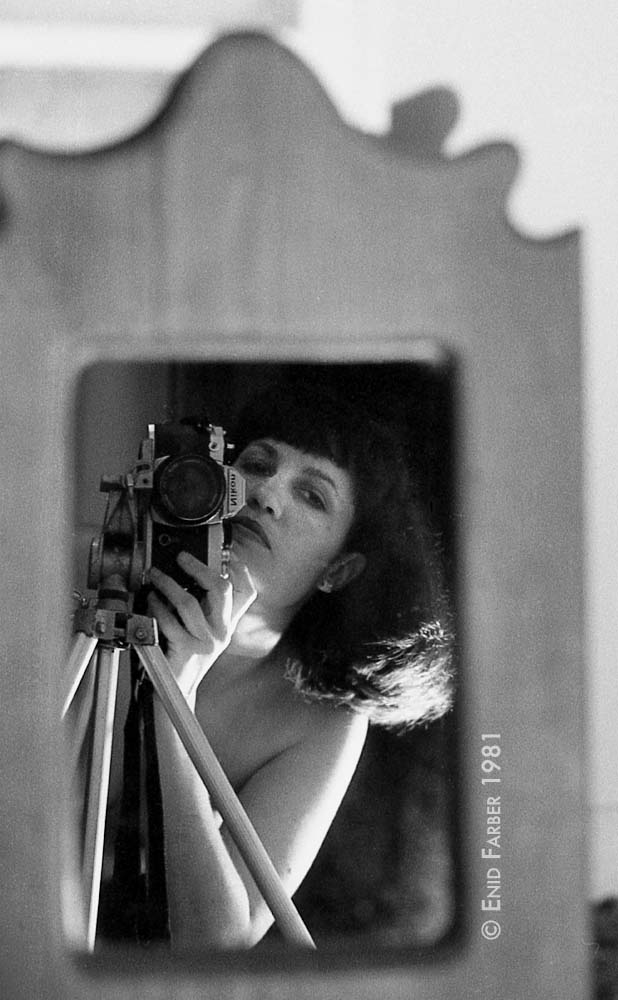
Self-portrait: Enid Farber
Please list your photography affiliations and any books or other projects you’re working on currently that you’d like to mention.
Currently I am working on a book entitled, “Legends Who Have Passed Through My Lens” (working title). I am also preparing for an exhibition in November at Baruch College on women in jazz. As well I am digitizing my archives for inclusion in an agency that represents fine art music photography for collectors.
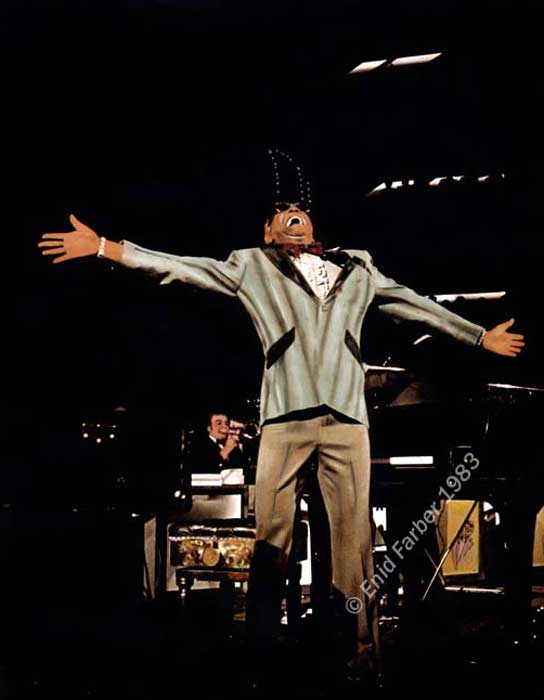
What has been your experience photographing music in general jazz in particular?
It’s been a beautiful experience that has enabled me to be inextricably linked to a community that is precious and unfortunately under-appreciated in my home country. Although, the inherent financial struggle of choosing this particular niche of music, has affected my well being at times, and I have had to justify my reasons for going down this path as opposed to one that would have guaranteed more prosperity, I am grateful that I have been on the forefront of jazz visual history for over 30 years.

What was it about photographing music that attracted you to this pursuit initially?
The marriage of photography and music was a natural one for me. I grew up in a family in North Carolina very attuned to “great black music” in the 60’s and 70’s. When I went to college in Rhode Island in 1974 the first course I signed up for was “Jazz History”. I did not complete college at that time as I had creative wanderlust and lacked the funds, ambition and focus to continue. I obtained my first professional camera when I moved to Sarasota, Florida a couple of years later and at the same time met the legendary jazz programmer and D.J., Bob Seymour, who had a roommate who was a photographer. After Bob took me to a Phil Woods concert in Tampa, I delved right into his roommate’s darkroom at their home, and brought to life my first jazz photos, replete with dust and scratches, but I was hooked and I found my passion without ever turning back. That symbiotic relationship of jazz and the visual image marked me for life.
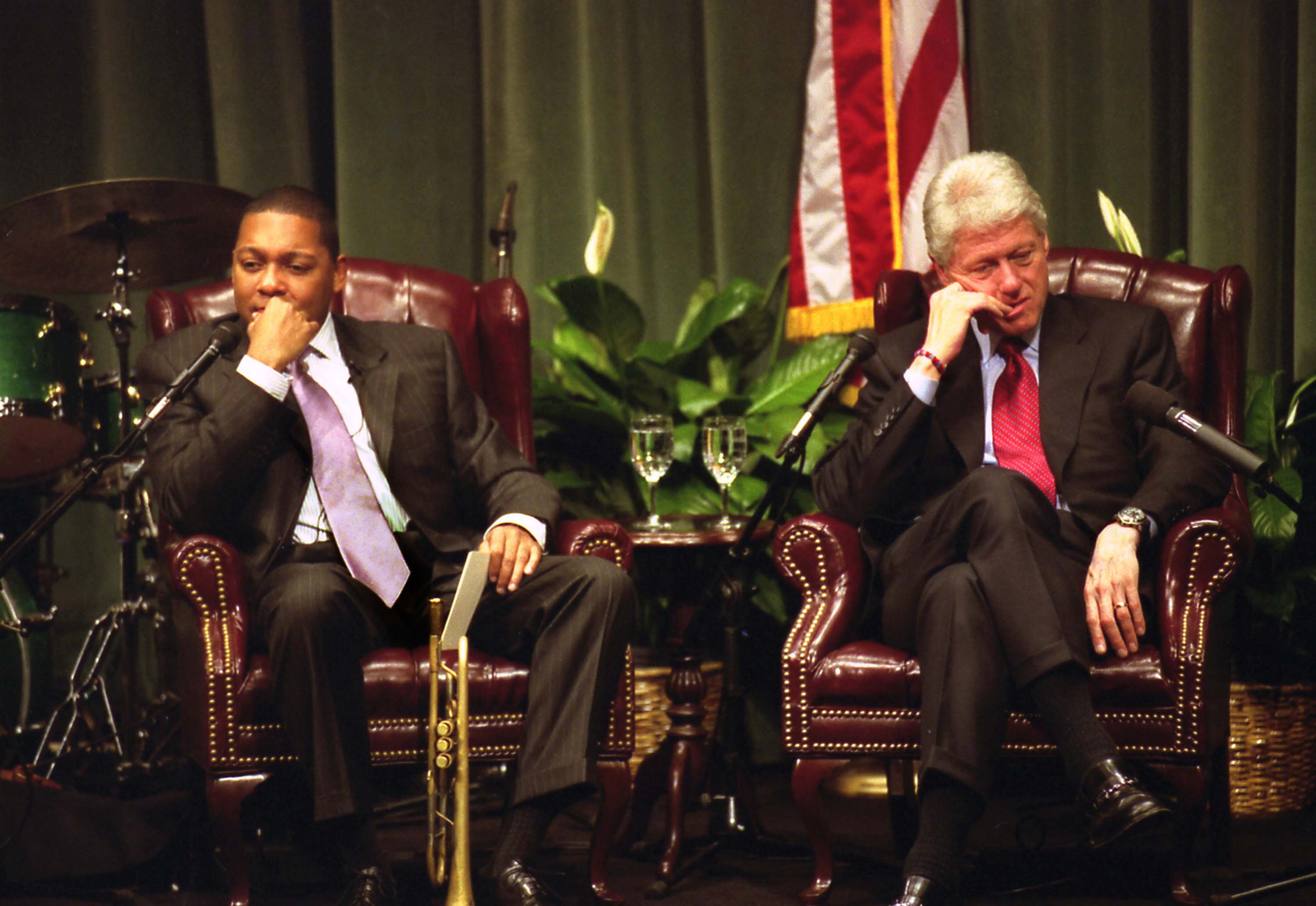
Would you describe your experiences photographing music as overall positive, and if so why or why not?
I would have to give that a 50/50. I have had amazing experiences and such joy and satisfaction behind the camera, feeling reciprocal joy from most of my subjects. Most musicians have responded to me with respect and enthusiasm and delight. But there have been some that have not responded positively to my style which verges on more emotion than some can handle. I have also not felt, nor received the respect I feel I’ve earned, from much of the industry. Perhaps I am just an overly sensitive Cancerian artist but there is a very notable difference from those who have embraced me and those who have either misunderstood me or again, do not like me stylistically.

Women occupy an interesting place in the jazz pantheon; on the one hand women instrumentalists are in the distinct minority, at least as far as prominence, and on the other hand women absolutely dominate the ranks of jazz singers. What’s your sense of that imbalance?
Really, the same reasons that I feel at a disadvantage in the overall industry is applicable to women musicians. I know that my work is as good as and as valuable to the pantheon of jazz history as any other being produced by men before or currently on the scene. I truly say that with the greatest humility although it clearly may ring differently to some ears. But I have been recently scanning and digitizing my vast archives, much of which was never previously seen or published, and there are many treasures in there of musicians and moments, long gone from the living world and many who I have documented from their beginnings. I have seen so many of those musicians flourish and some that never received their due.

This exercise has helped me validate my feelings of worth which are sometimes in question internally. I have survived this very tough environment through thick but mostly thin. But I still feel mostly forgotten, dismissed, ignored and under utilized. Although the industry is male centric, there have been many women as well that did not take me seriously. I have discovered that is in an innate flaw of many women, including myself, to somehow have more confidence in a man’s ability to get the job done, then in fellow women. And it is a definite that men are more comfortable with other men in the work place. Long term behaviors and conceptions are hard to eradicate.
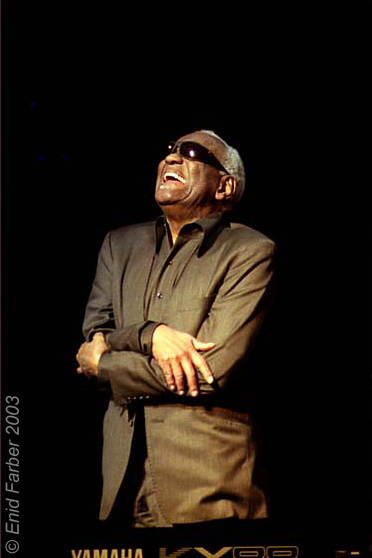
Would you describe yourself as a music photographer and why?
Yes. I am primarily a music photojournalist but I am overall a photographer with a photojournalist’s eye and approach. I have been influenced by two major photographer’s, Henri Cartier Bresson, the great French street photographer and Jim Marshall, the great music photographer who covered rock, jazz and blues and whose each and every image I would qualify as one I would have loved to have shot. I am guided by Bresson’s “decisive moment” philosophy; onstage, backstage and in studio, that is the subtext of my mechanics.
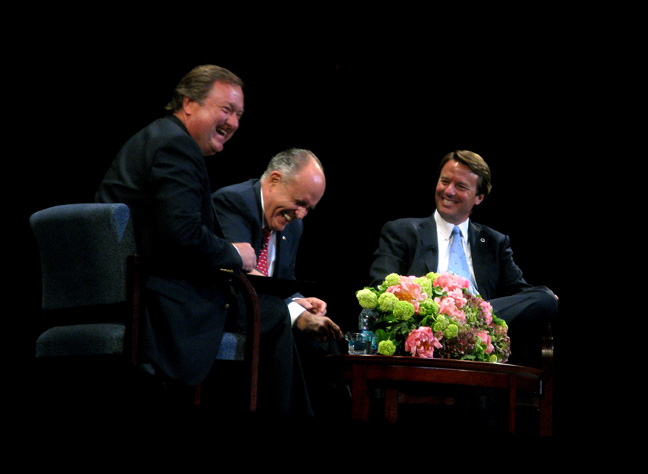
Its been suggested that one of the real keys to solving the critical jazz audience development issue is that those who present the music must find creative ways to attract more women to their audiences; some wisdom suggesting that where more women go, men will follow. Is this an apt characterization of the jazz audience conundrum, and if so are there elements you might suggest to those who present jazz as to better attracting women audience members?
I really don’t have an informed opinion of this but I wonder if it’s a matter of economics. Women are still, perhaps, not proportionally in the highest income brackets and attending jazz concerts at clubs and in the main institutional venues, can be very expensive. How do the presenters and venues balance the need to maximize profit with the pride of sharing their great offerings with a more diverse audience? Is there a TDF for jazz concerts? I know someone who belongs to some kind of cheap tickets club for theater. She sees Broadway plays for as low as $3 a seat! I don’t know how that works but I suppose it is based on leftover tickets and the philosophy that they’d rather sell those seats at a loss and fill them rather them leave them empty which makes for a less lively audience and perception of success. Is there any such program for concerts? [Editor’s note: That’s a big NO; but there sure ought to be given the number of empty seats one is just as liable to experience at a jazz concert as what a theatergoer might encounter.]
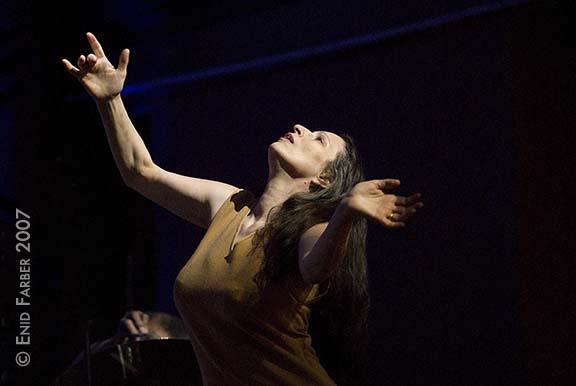
Clearly photographing music, and particularly jazz, could well be characterized as “a man’s world.” Do you feel like that’s due more to the nature of the music or to some form(s) of overt exclusion from “the boy’s club”?
As I answered in [an earlier question], and I risk further alienation from the “boy’s club”, but the answer is an absolute affirmative. This does not mean that women don’t follow suit in many cases but once we get past our natural competitiveness and realize that we have experienced some of the same issues and treatment, we should and could bond together to create a stronger coalition but so far I have not seen that effort or desire. We clearly should work on that for we offer a fresh and unique perspective and we should also be proud of the emotional component to our work instead of being ashamed of anything that reflects that. Are we really still afraid of being associated with the outdated psychological conventional wisdom of the “hysterical female”? Personally, I react to jazz emotionally and enjoy jazz and all art that is more passionate and emotional than analytical and clinical and I attribute this to my double X chromosomes!
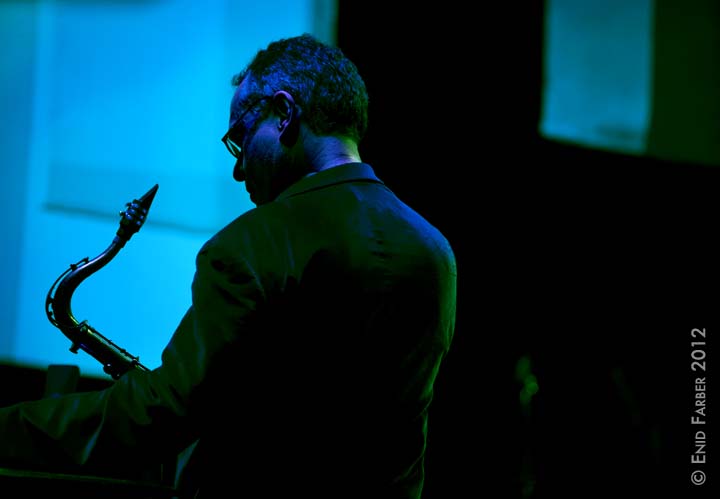
Have you ever found it more difficult to pursue photography about music due to gender issues? If so please detail some of your photography experiences that may have been fairly or unfairly colored by gender.
Yes indeed. I have not had the kind of dream assignments that many men have had such as being “the” house photographer for a club, a festival or traveling with musicians as their personal photographer. I have had less than my share of opportunities to do what I do best and although some of that is because I am not as comfortable with the hustle and the schmooze as others, male and female alike, I think I have been somewhat shunned. I risk saying all of this publicly but at this point in my career, if I never take another photo, which is not what my heart desires and would be personally tragic, I am quite proud of what I have contributed and will continue to find ways to make that work accessible and seen by those who share my love for it.
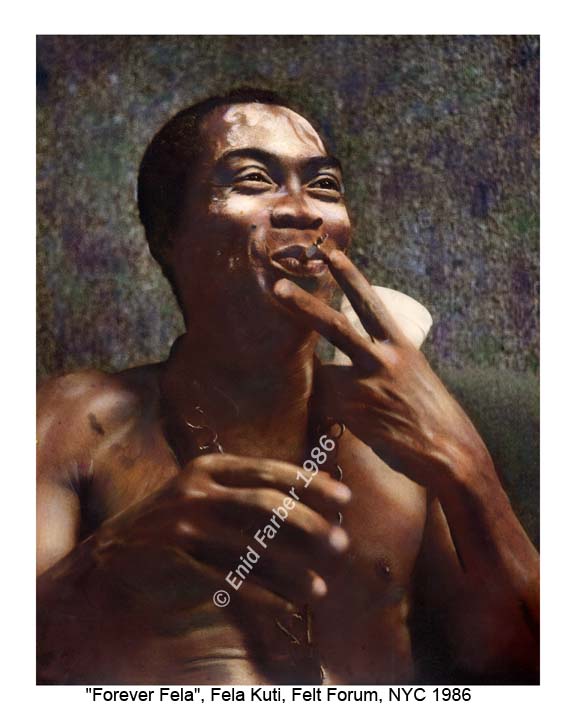
What can be done to encourage more women to photograph music in particular, jazz in general?
More women, including myself, need to be called upon to mentor other women. I would like to partner with other women in the industry who are more take charge than myself and who are better administratively in organizing groups and coalitions and think tanks and whatever else that could foster more participation from the next generations. I have an abundance of inspiration and passion to offer but I am admittedly, not the best at formulating and launching start ups.
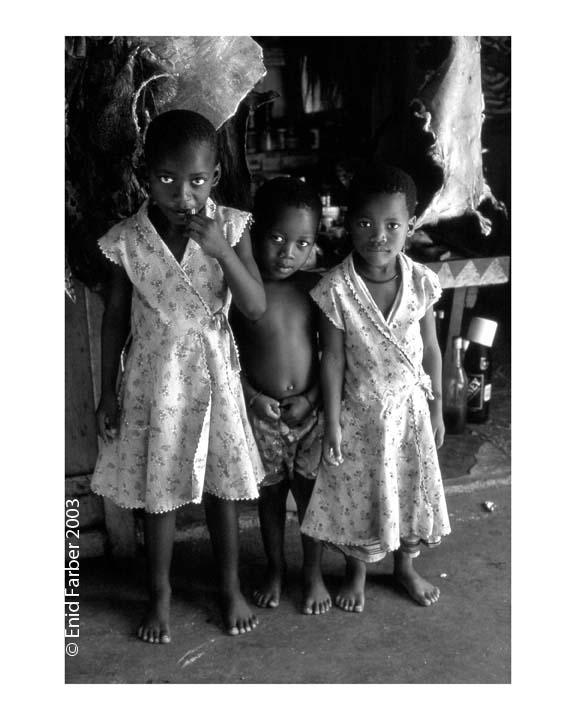
What have been some of the most personally satisfying music performances you’ve either photographed or simply experienced over the last year?
Unfortunately the last year has been slow due to many factors, some health, others just the slowing down of the industry. Hell, maybe I’m just getting old!
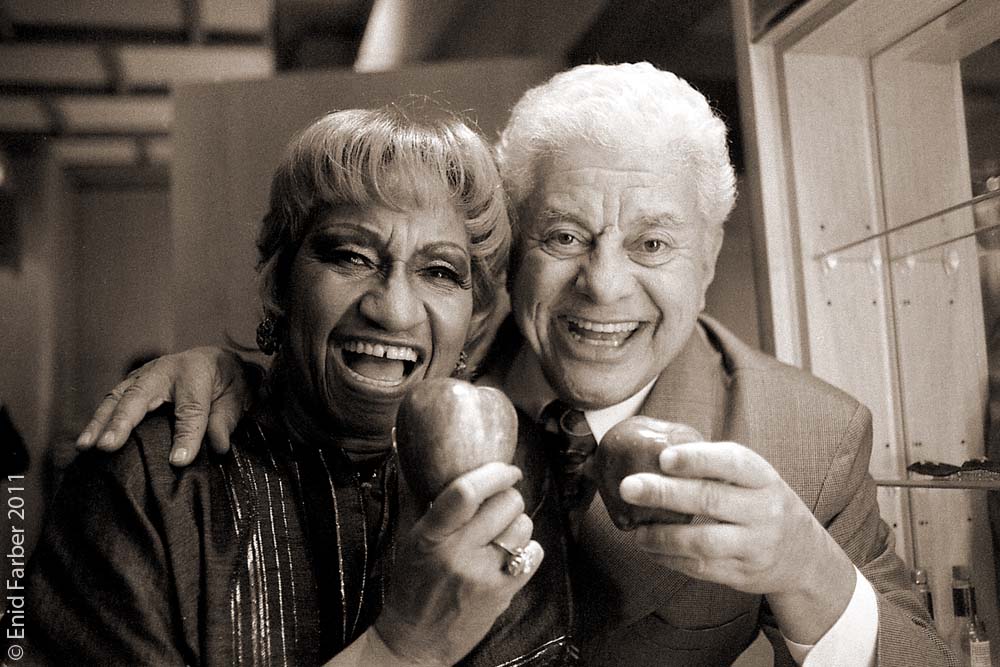
But before I got sick recently, I was working with one of my favorite musicians ever, Ivo Perelman on his publicity and recording photos, some shot in concert, others in a studio, and even in a boxing gym with the fantastic Matthew Shipp. I’m always excited to shoot the annual Jazz Foundation’s “Great Night in Harlem” which was particularly fun this past year. The Winterfest, The Visions Fest, APAP and Rhythm in the Kitchen all yielded some very luscious photos this past year as they always do. Sadly because of a serious health problem, I missed the Charlie Parker festival this summer. I hope to be on the mend soon and to continue pointing my lenses at these precious jazz musicians, most of whom deserve much wider recognition themselves.
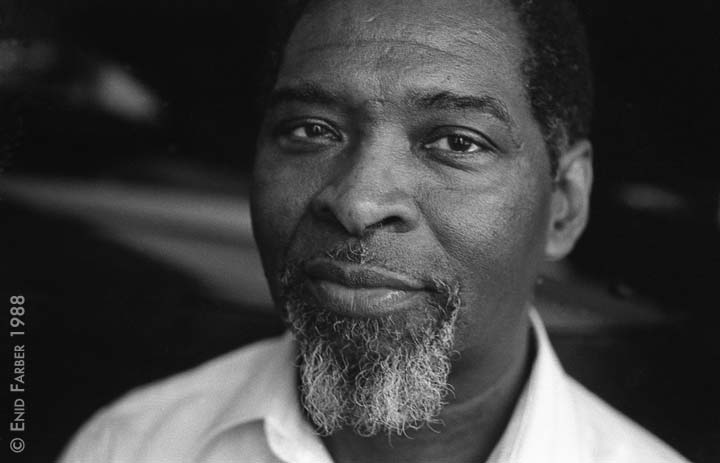

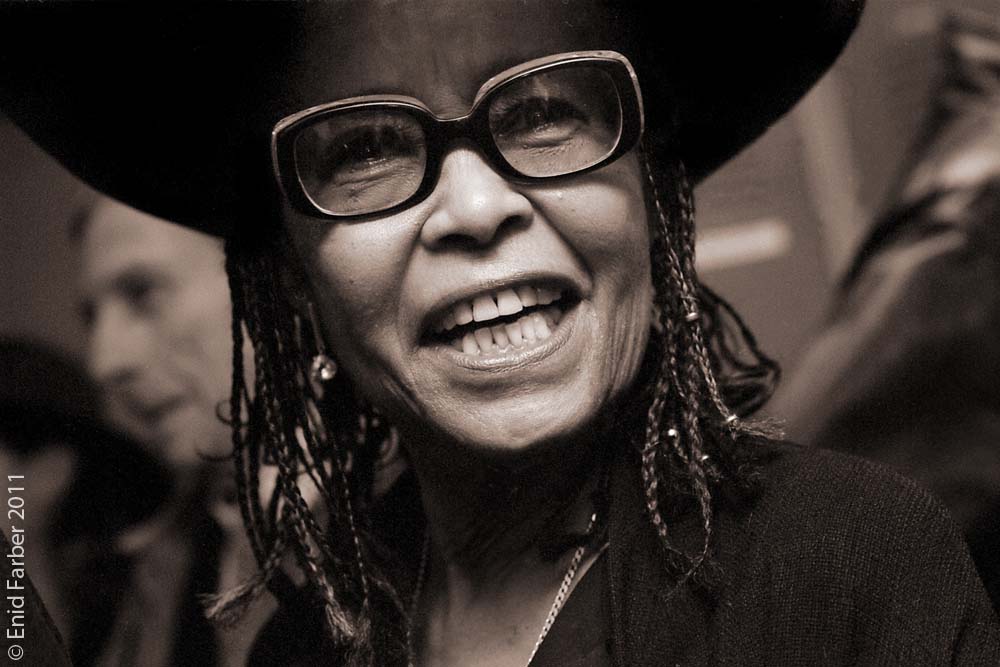
4 Responses to Woman’s perspective pt. 6 Enid Farber from behind the lens